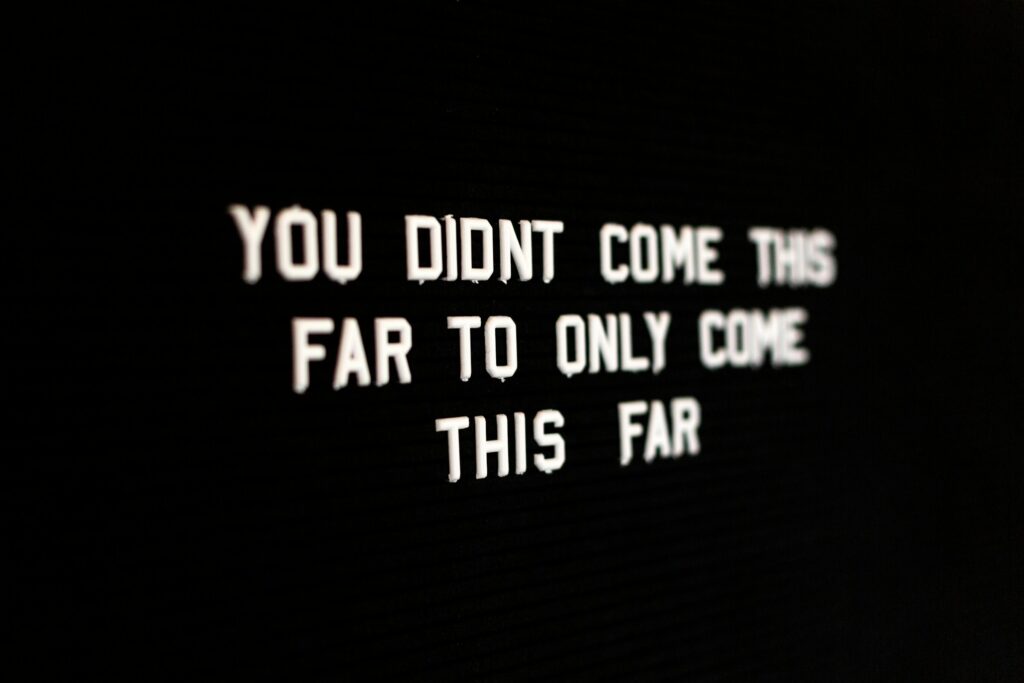“I’m a very serious ‘possibilist’. That’s something I made up. It means someone who neither hopes without reason, nor fears without reason, someone who constantly resists the overdramatic worldview. As a possibilist, I see all this progress, and it fills me with conviction and hope that further progress is possible. This is not optimistic. It is having a clear and reasonable idea about how things are. It is having a worldview that is constructive and useful.” — Hans Rolsing
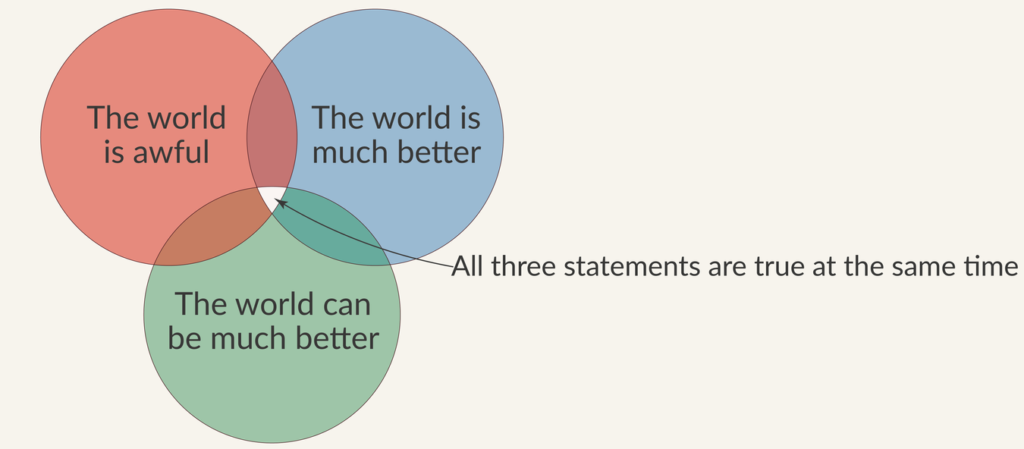
As we face the grand challenges of our time—from climate change to poverty, from pandemics to nuclear threats—it’s easy to feel overwhelmed. But history and current trends give us powerful reasons for hope. We stand at a unique moment in human history, with unprecedented capabilities to solve our greatest problems.
The Arc of Progress
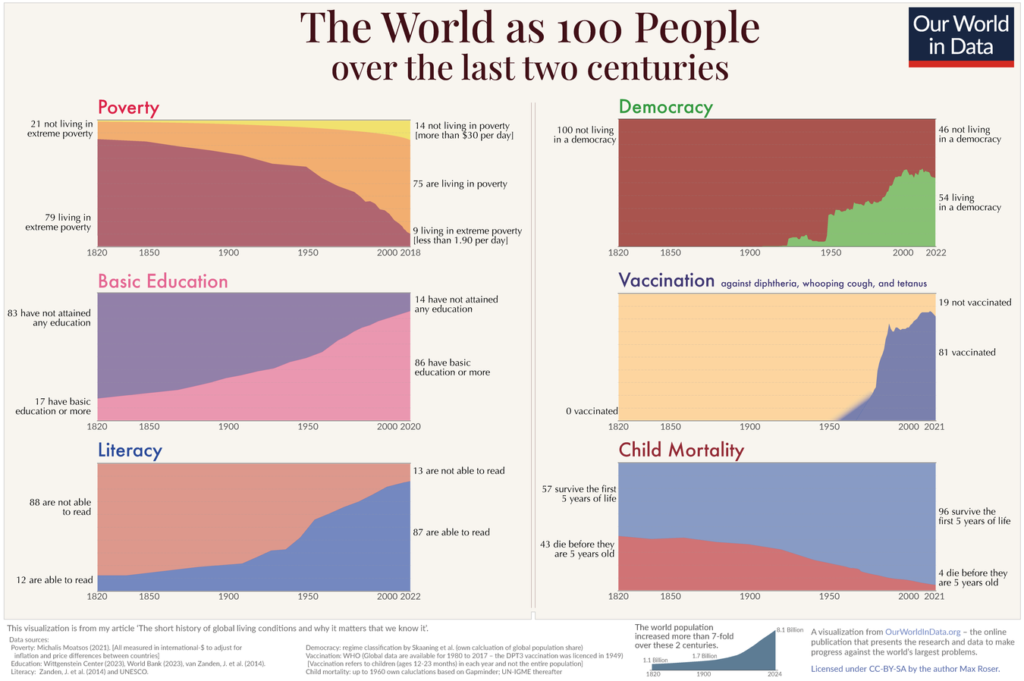
Throughout history, humanity has consistently overcome seemingly insurmountable challenges:
- Global Health: We’ve eradicated smallpox and are close to eliminating polio.
- Poverty: Extreme poverty has more than halved since 1990.
- Education: Global literacy rates have risen from 12% in 1820 to over 86% today.
- Peace: Despite ongoing conflicts, deaths from war have decreased significantly in the modern era.
These trends show that progress is not only possible but has been the norm when we apply ourselves collectively to solving problems.
Exponential Technologies
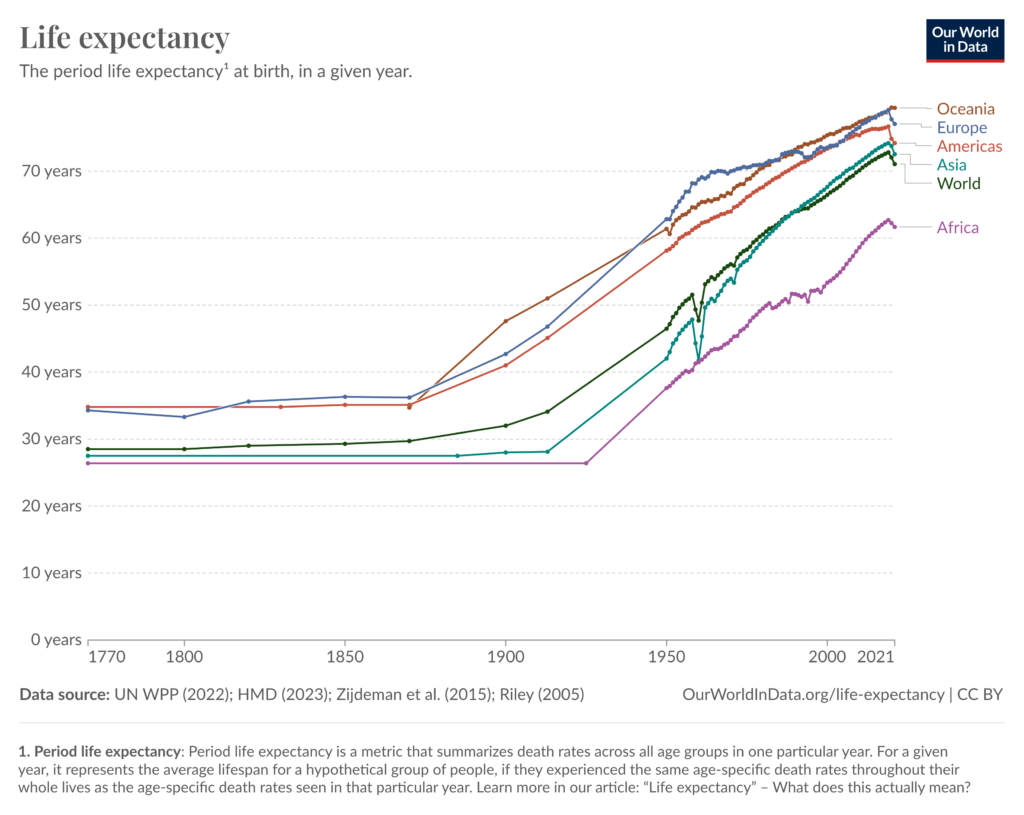
We’re living in an era of unprecedented technological advancement:
- Artificial Intelligence: Capable of solving complex problems and accelerating scientific discoveries.
- Renewable Energy: Rapidly becoming cheaper and more efficient than fossil fuels.
- Biotechnology: Offering new solutions for health, agriculture, and environmental challenges.
- Nanotechnology: Promising breakthroughs in materials science and medicine.
- Space Technology: Opening new frontiers for resources and scientific understanding.
These tools, unimaginable just decades ago, give us powerful leverage in addressing global challenges.
Global Cooperation
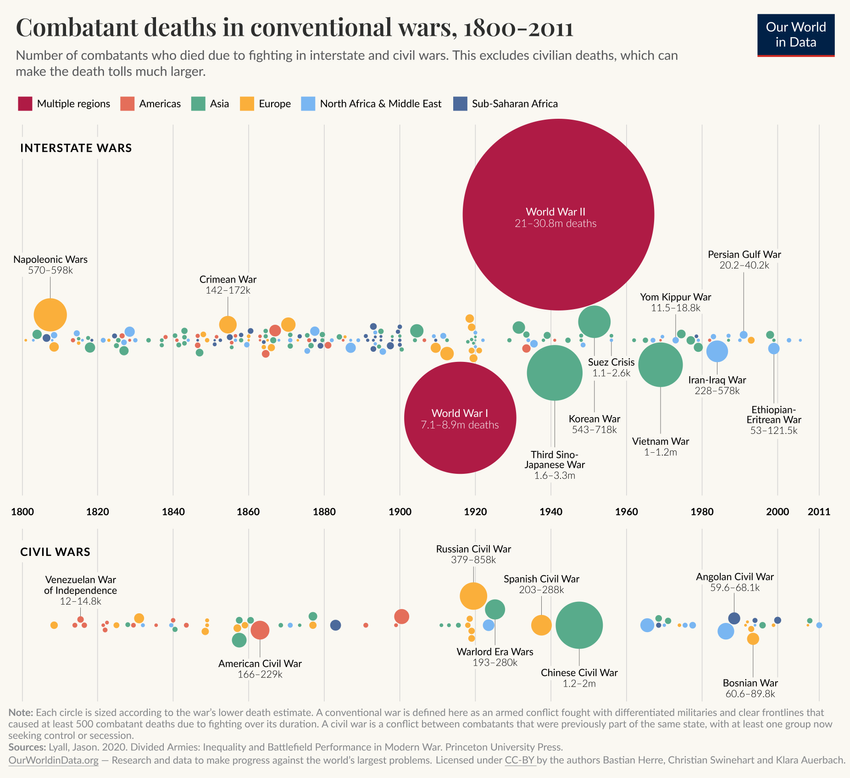
We’re more connected and collaborative than ever before:
- The United Nations and other international bodies provide frameworks for global action.
- Non-governmental organizations operate across borders, sharing knowledge and resources.
- The internet enables unprecedented information sharing and collective problem-solving.
- Global movements, from climate action to human rights, mobilize millions across cultures and continents.
This interconnectedness allows for rapid dissemination of solutions and coordinated global efforts.
Youth Engagement
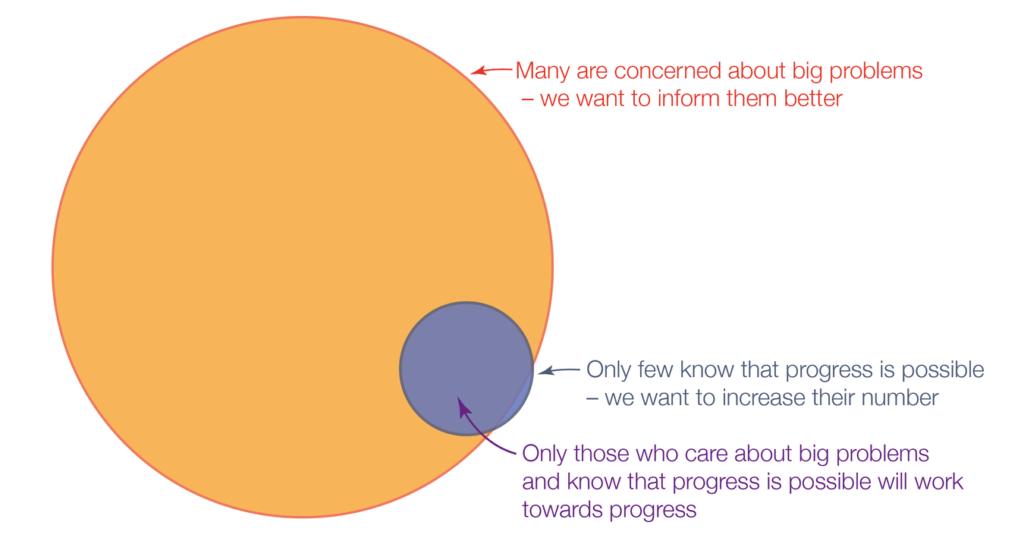
Today’s youth are more informed, connected, and passionate about global issues than any generation before:
- Youth-led movements are driving action on climate change, social justice, and more.
- Young entrepreneurs are creating innovative solutions to local and global problems.
- Increased access to education is empowering youth in developing countries to drive change.
The energy, idealism, and digital savvy of young people are powerful forces for positive change.
Shifting Paradigms
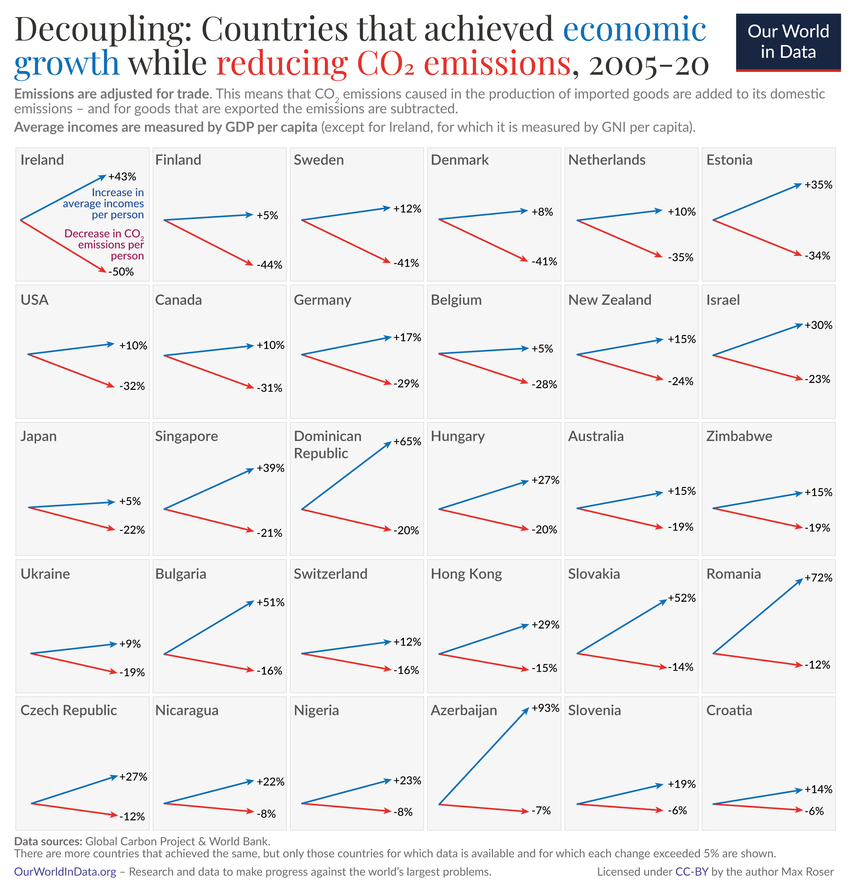
We’re witnessing fundamental shifts in how we think about our world and our place in it:
- From linear to circular economies
- From short-term profit to long-term sustainability
- From competition to collaboration in solving global issues
- From national to global citizenship
These evolving mindsets create fertile ground for transformative solutions.
Accelerating Change
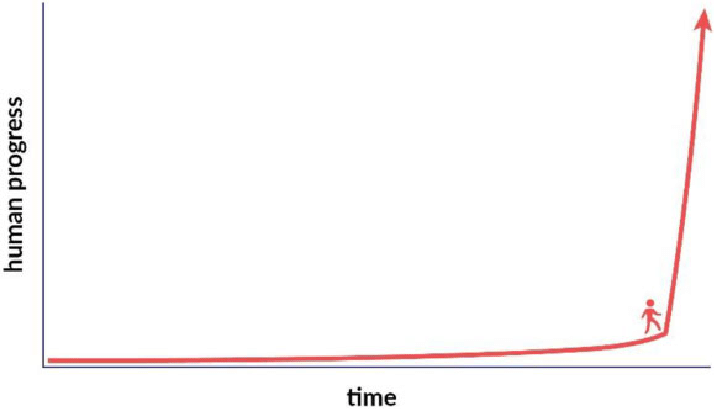
The pace of positive change is accelerating:
- It took 150 years to end slavery, 50 years to give women the vote, and just 5 years to legalize same-sex marriage in many countries.
- Technological breakthroughs are happening at an ever-increasing rate.
- Social movements can now mobilize millions in days through social media.
This acceleration means that the solutions to our biggest problems could arrive faster than we think.
Learning from Success
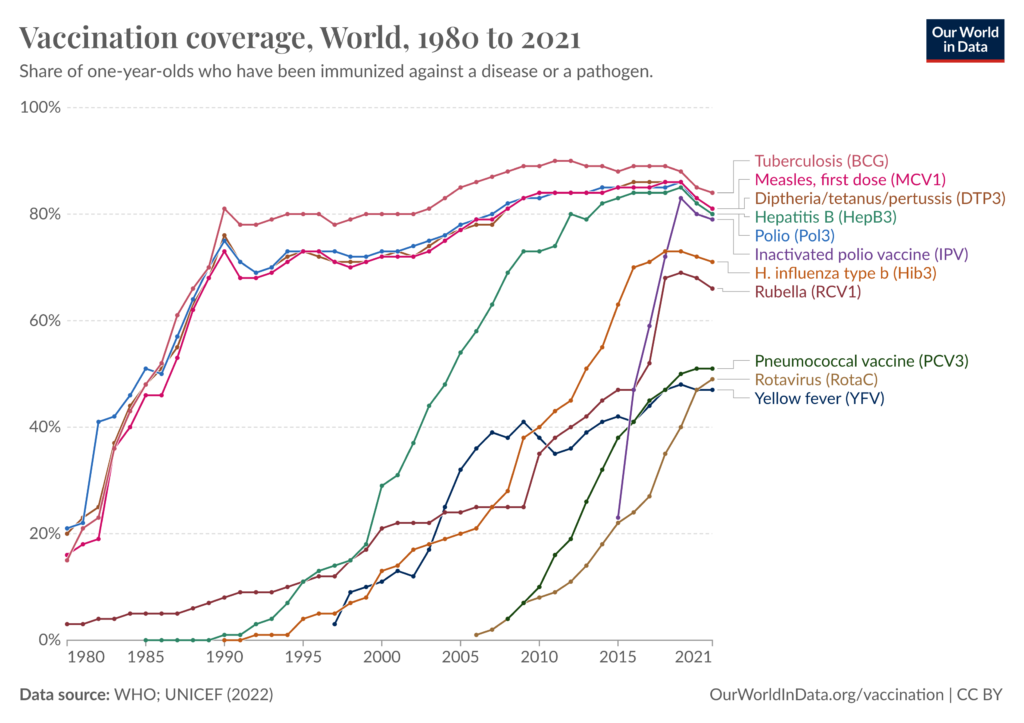
We have numerous examples of successful large-scale problem-solving to learn from:
- The Green Revolution of the mid-20th century averted mass famine predictions through agricultural innovations.
- The Partial Nuclear Test Ban Treaty of 1963 significantly reduced atmospheric nuclear testing, marking a crucial step in arms control.
- The Intermediate-Range Nuclear Forces Treaty of 1987 led to the elimination of nearly 2,700 nuclear missiles, showcasing the potential for nuclear disarmament.
- The Montreal Protocol of 1987 successfully addressed ozone layer depletion, proving that global environmental threats can be effectively tackled.
- The end of Apartheid in South Africa in the 1990s demonstrated the power of collective action against systemic injustice.
- The 2009 G20 Summit in London coordinated a global response to the financial crisis, demonstrating international economic cooperation.
- The Paris Agreement of 2015 united nations in combating climate change, setting a framework for global climate action.
- Global vaccination campaigns have saved millions of lives, showcasing the power of coordinated public health efforts.
- The development and global distribution of COVID-19 vaccines in 2020-2021 demonstrated unprecedented scientific collaboration and global health response.
These successes provide blueprints and inspiration for tackling our current challenges.
The Power of Human Ingenuity
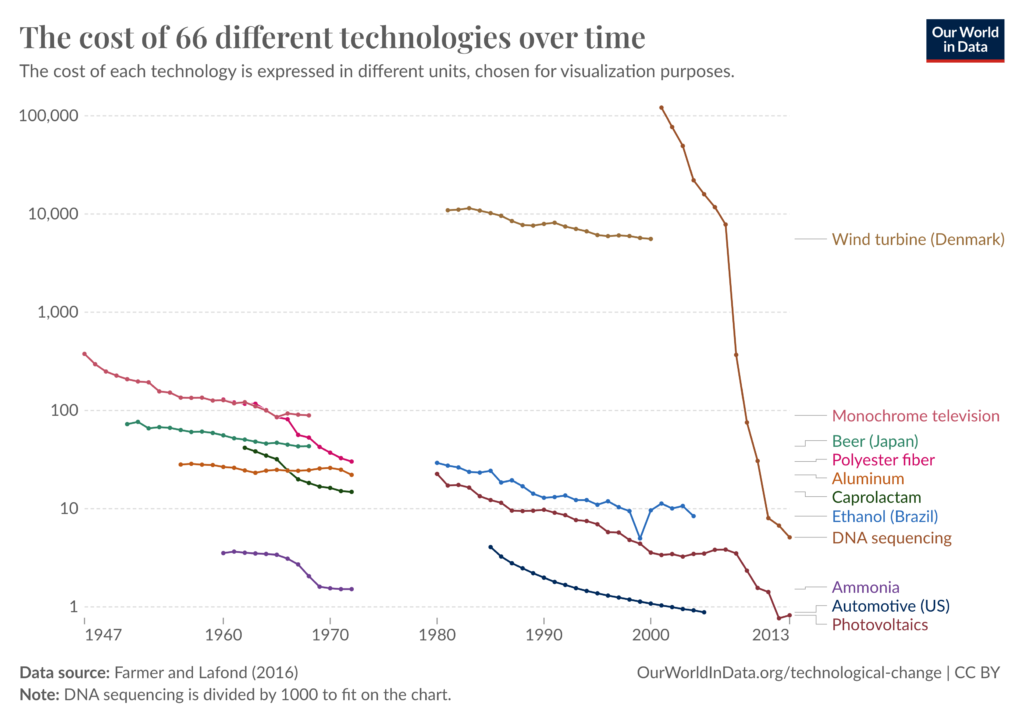
Throughout history, human ingenuity has consistently proven capable of overcoming seemingly insurmountable odds:
- We’ve split the atom, mapped the human genome, and landed on the moon.
- We’ve created art that touches the soul and music that transcends cultural boundaries.
- We’ve developed economic and social systems that have lifted billions out of poverty.
Our capacity for creativity, innovation, and problem-solving is our greatest asset in facing global challenges.
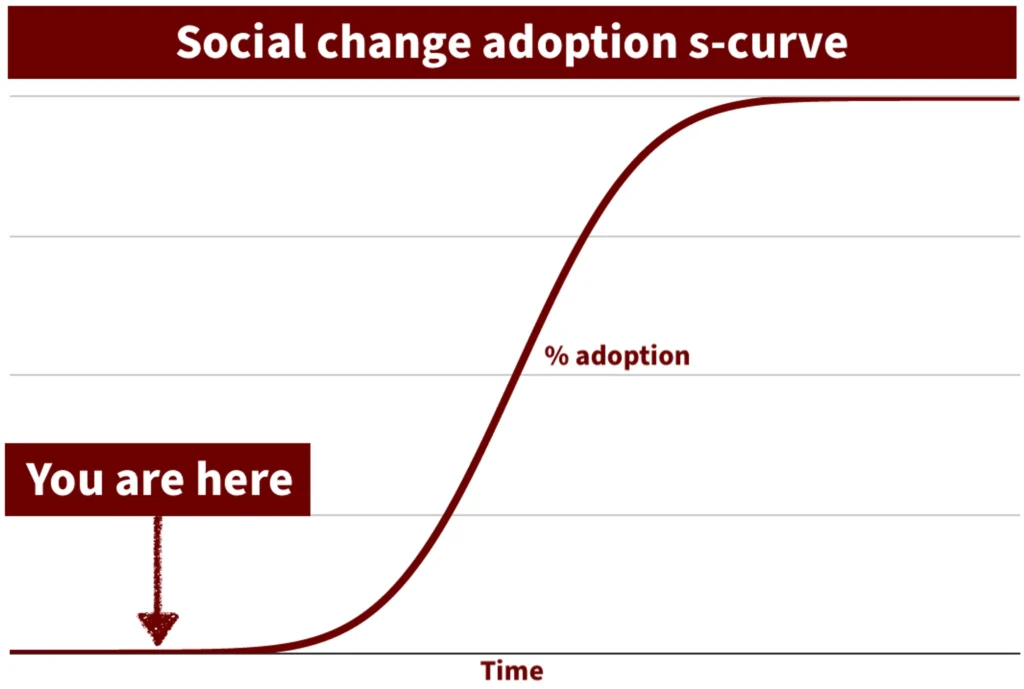
A Call to Action
While hope is justified, it’s not a guarantee. Our optimism must be coupled with action. Each of us has a role to play in solving the grand challenges of our time:
- Stay informed and educate others
- Support and engage in solution-oriented initiatives
- Demand action from leaders and institutions
- Make conscious choices in our daily lives that align with global well-being
- Cultivate a mindset of possibility and resilience
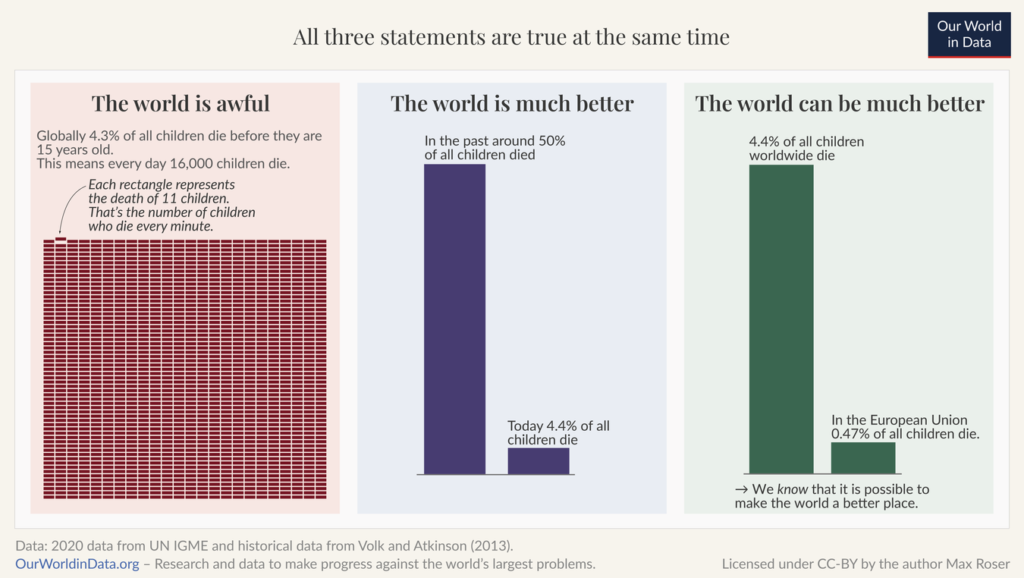
Conclusion
The challenges we face are undoubtedly daunting, but they are not insurmountable. We have the tools, the knowledge, and the collective will to create a world that works for all 10 billion of us. Our history of overcoming adversity, our accelerating technological capabilities, our increasing global cooperation, and the passion of our youth all give us powerful reasons for hope.
As we stand on the brink of a new era, let us move forward not with fear, but with determined optimism. The future is not predetermined—it’s ours to shape. Together, we can solve the grand problems facing humankind, not just in our lifetime, but in the coming decades.
The best way to predict the future is to create it. Let’s get to work.
“It is not the critic who counts; not the man who points out how the strong man stumbles, or where the doer of deeds could have done them better. The credit belongs to the man who is actually in the arena, whose face is marred by dust and sweat and blood; who strives valiantly; who errs, who comes short again and again, because there is no effort without error and shortcoming; but who does actually strive to do the deeds; who knows great enthusiasms, the great devotions; who spends himself in a worthy cause; who at the best knows in the end the triumph of high achievement, and who at the worst, if he fails, at least fails while daring greatly, so that his place shall never be with those cold and timid souls who neither know victory nor defeat.” — Theodore Roosevelt
